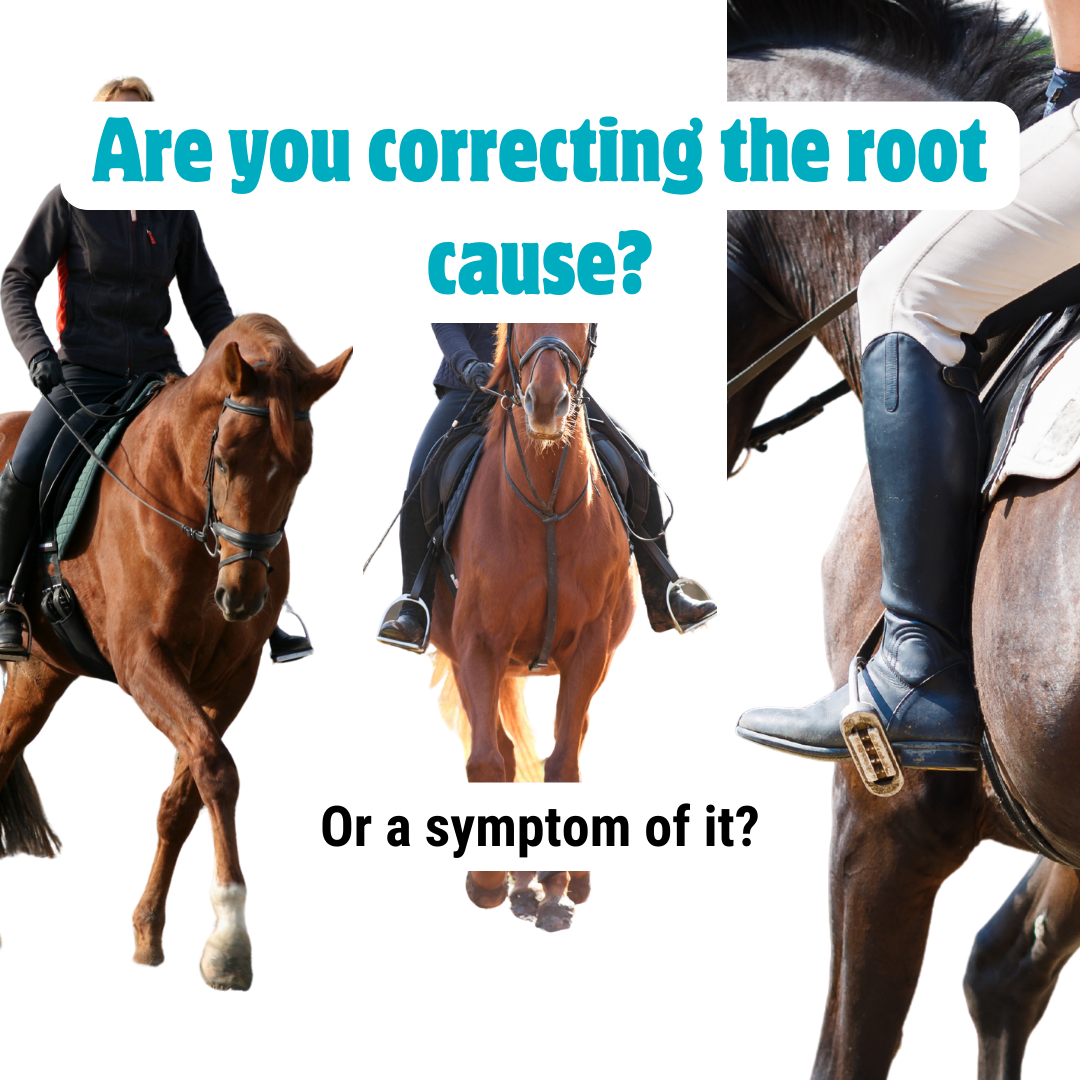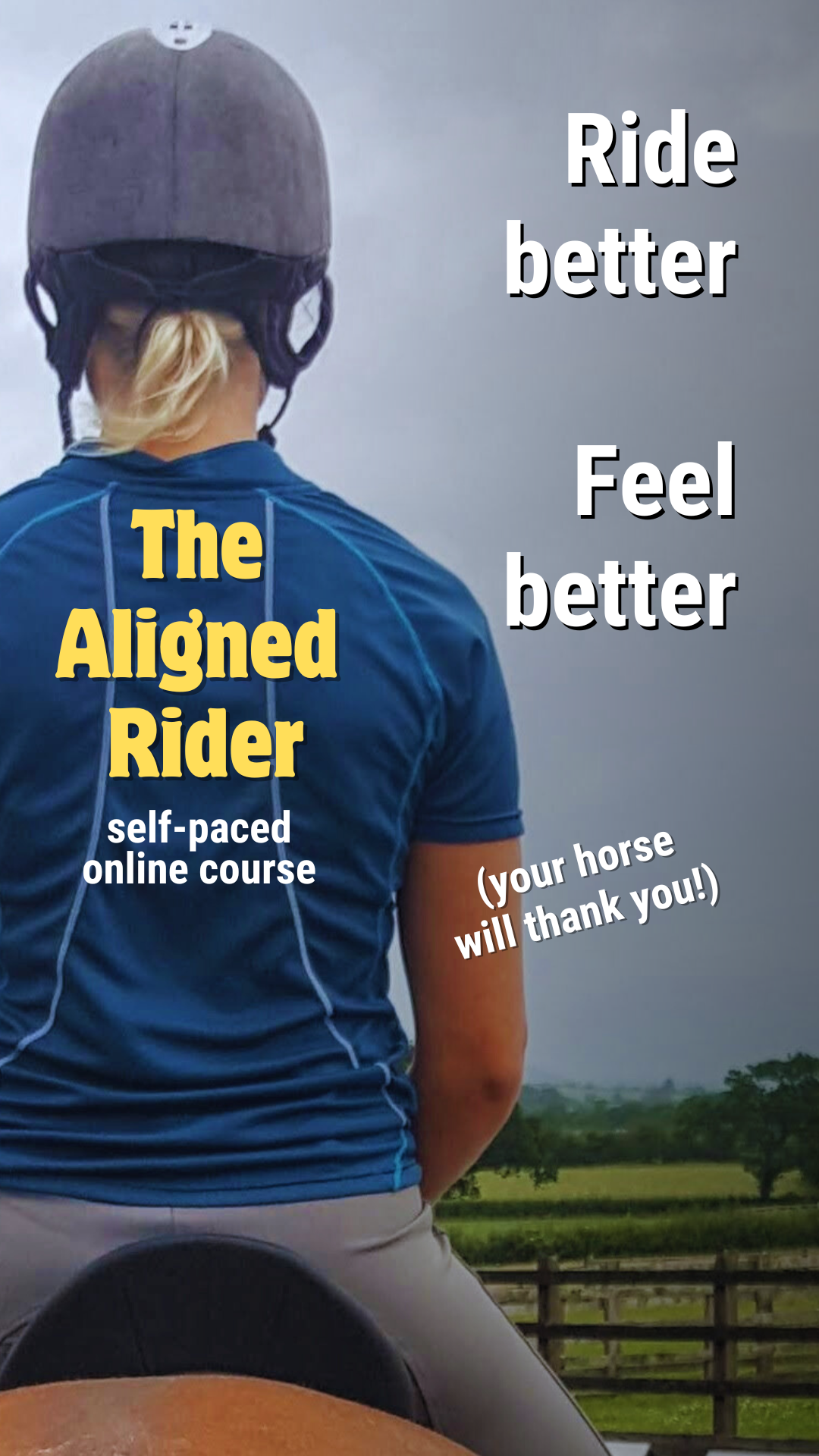The mechanics of riding
What is Rider Biomechanics?
Originating from the Greek word bios “life” and mechanike “mechanics” “The study of mechanical laws relating to the movement or structure of a living organism”.
Biomechanics influence the great outdoors. The way rivers flow and the patterns trees grow together in are a few examples. The “Bio” part of the word often isn’t considered. Biomechanics isn’t a modern concept, as recognised bio-mechanists Aristotle and Leonardo Da Vinci were among the first to be documented. The popularity of rider biomechanics continues to rise. Detailed data gathered through high-speed cameras, video analysis and specialist software equipment. Showing the individual nuances of your body.
But what you really want is answers;
Why do I have certain habits?
Why do I sit that way?
Why can’t I feel certain riding corrections
Why does my body do things I can’t control?
Why do I find certain movements difficult ?
Why can’t I master certain riding corrections?
What is going on with my balance?
And many more!
The Biomechanics of Riding
All the above derives from the individual posture you take to the saddle. Your body works as one unit (or tries too!) In the greatest display of teamwork (If allowed!). Every part of your body influences the rest of it. Now go outside and throw a ball (what?) Trust me, throwing a ball you might think it’s just your arm you're using, but when you do this you will feel the movement through your whole body.
When we ride, it takes a unique coordination, subtle balance shifts, body awareness, feel and body control that is unlike anything we do in our everyday life. So we really need our parts to communicate. There is a big difference between posture (the practice of holding and displacing your parts into fixed positions) Which you can’t maintain and can be detrimental over time. And your natural alignment (watch this video!)
The Importance of rider alignment
Your natural alignment is your foundations but when they alter, so do the forces that are generated through your body. Meaning specific areas are receiving too much force, more wear and tear.
If you liken your body’s alignment to your car’s tracking. If your car tracking is out, it results in extra wear and tear on the car (think about your joints) It doesn’t run as smoothly (postural changes often lead to aches and pains) and the car doesn’t last as long (replacement joints) To aid longevity in the saddle you need to restore and maintain your alignment which isn’t hard!
The Biomechanics of the riders position
It’s handy to see lines on our jacket and through our body, but these external visual lines are showing us where our body is now. Where the use of our body had built our current body to at this moment in time.
But pulling a body part to give the visual of having the “recommended position” is not a connected position. Again, you are holding positions. What you want is a functional position where you and your parts connect. What would really aid your progress is to find the root cause of your riding problems.
The root cause and the area you believe you need to correct are often in very different areas. Cause and effect! As the body works in patterns, not parts that flow through your body. Here are a few examples;
Heel riding up - originating from the hip
Sitting crooked - originating from the ankle
Rein contact problems - originating from balance problems
And the first step in broaching your riding issues is to restore your alignment. To build the connections through your body and that connected position.
Restore Your Riding Alignment
Want to learn how to restore your alignment and help your body, riding and horse? My self paced course with a private Facebook group for added support will eaily help you achieve and understand this. And easily fit this into even the busiest of lives!




